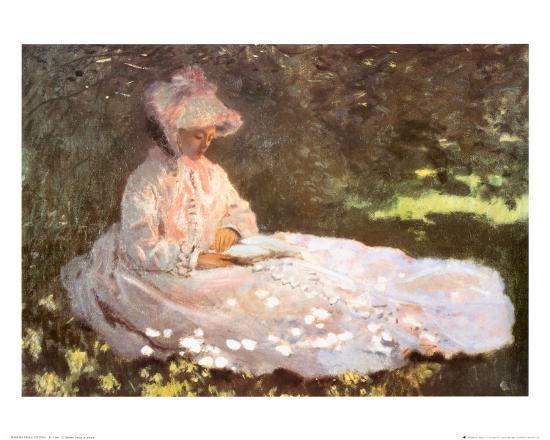
Although the Enlightenment and Romanticism are two eras which I had some knowledge of, taking this class has certainly cultivated a more complex and informed comprehension of what these two forces not only mean by themselves, but what they mean for each other. In other words, while I recognize the importance in treating these two periods of time as distinct breeding grounds for what grew to be two starkly different ideologies, I believe that a space exists where both find themselves in, where both find themselves intermingling with each other.
My belief that the Enlightenment and the Romantic period thus leads me to agree with both sides: while the need for a skeptical, individual intellectualism has proven to be instrumental in ushering forth a time of great discovery and reflection, the period of Romanticism allowed people more sentimental, metaphorical reprieve from such an attitude of intense pragmatism. In combining these two ideas, I don’t however necessarily believe that moderation is what produces the optimal, intellectual framework: Enlightenment ideals and Romantic ones don’t exist on a continuum, but are rather parallel processes, where the boundary of their parallelism becomes more or less permeable in specific areas.
From this evaluation of the importance in understanding how Enlightenment and Romanticism as not being diametric opposites, but are rather mental structures with a capacity to overlap, the compatibility between Enlightenment and Romanticism becomes evident. A commitment towards science and individualism allows for the clearer articulation of the organicist ideals clear in Romantic thought: everything must necessarily have life, but perhaps that ‘life’ can be interpreted as function, and every human being houses within themselves an intense realm of emotion, which cannot be denied by the Enlightened belief in oneself. An appreciation for the sentiments behind one’s actions, as well a the value of introspection can be realized in Enlightenment ideals as the fuel for why one reasons as they do, and the reassessment of one’s own beliefs, respectively.
This confluence between the rigidity of the Enlightenment and the fluidity of Romantic ideals has impacted the way in which I view the Western World, and is something which will continue to inform the way I appraise literary and social movements not only there, but in all the world. When people boast an argument of impenetrable cogency, perhaps a consideration of their motivations behind developing such a claim is necessary in further appreciating their beliefs: in this way, Enlightened ideals are revealed to be underlain with a Romanticist impetus. When looking at a piece of art, say by Georges Seurat, a closer inspection of much of his repertoire consists of entire images composed by tiny dots: in this instance, it is observed how one’s aesthetic, Romantic experience of art exhibits a foundation in Enlightenment ideals through the “effort” of much tinier, organized and intended constituents, to build something of even greater organization.
In undergoing the expansive and frustratingly rigorous work called upon us to complete, something which I’ve taken away, and continue to take away from preceding HUM courses, is the value in open-mindedness. This doesn’t necessarily mean relegating oneself to a state of false omniscience characterized by a complacent acceptance of all ideas, but the willingness to take a stance, but allowing other perspectives to have a recognized seat at the table. Enlightenment scholars and Romantics have equal license to partake in the same intellectual circles. HUM 4, and the HUM classes which have come before it, encourage an appreciation for not just one “person” partaking in this meal, but the event itself. There’s much to choose from, and perhaps a certain ideal may taste better to some, but there is value in knowing that others will have different preferences, and that yours–and theirs–may change.
